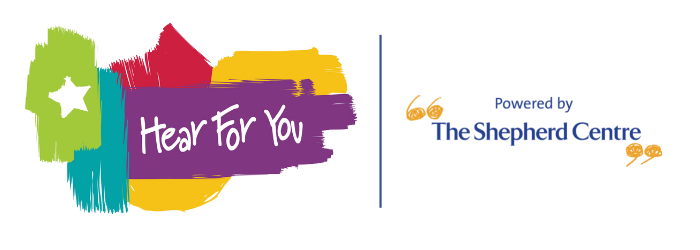There are a variety of common terms that occur within the vocabulary of those working alongside deaf and hard of hearing children. Some of these include language deprivation and language delay. Language deprivation refers to the lack of full accessibility to language during the critical point of a child’s life where language development commences. This is considered to be approximately within the first five years of a child’s life.
Many scholarly articles suggest that deaf and hard of hearing children are at risk of language deprivation and delay. There are many arguments that have been made which associate these language barriers with Auslan or ASL (and other forms of signed language). There has been an ongoing debate that signed language interferes with physical language development, specifically within deaf and hard of hearing children. Though this is more closely aligned with neurological development in early children, rather than sign language itself.
It is important to note that there are many benefits to incorporating sign language among deaf and hard of hearing children, as well as teenagers.
Auslan, among many other forms of signed language, is considered a visual language that can assist with the further and initial development of a hearing impaired individual’s cognitive and academic skills. There is a lack of understanding of how beneficial sign language is and the positive impacts it can have on deaf and hard of hearing children and their learning capabilities.
The lack of support for signed languages across the world can be considered to have more of a negative impact on the deaf and hard of hearing community, affecting education, socioemotional, and cognitive development.
Cognitive development
Deaf and hard of hearing children that are exposed to signed language from an early age are considered to achieve significant developmental success. Children who sign and have implants tend to demonstrate higher levels of speech and language development than non-signing children with implants and develop similar to those children who are fully hearing.
Socioemotional development
In order to increase socioemotional development among deaf and hard of hearing children, it is important for them to have significant and accessible communication with their parents, peers and those close to them. This will assist them with building relationships and enhance their levels of self-esteem early on in their lives.
Let’s promote language accessibility
It is important for us to promote accessibility in regards to language development within the deaf and hard of hearing community. Early exposure to signed languages facilitates exposure to language and should not be considered to negatively impact their overall language development.
Any teenager participating in our programs or workshops can be supported by Hear For You Mentors who are oral and use Auslan. You can see all of our latest programs and workshops on offer here.
Is it too late to learn?
It is never too late to undertake sign language learning! Even if a deaf person prefers an oral approach in language development, having Auslan as an addition should be seen as a compliment rather than a distraction.




